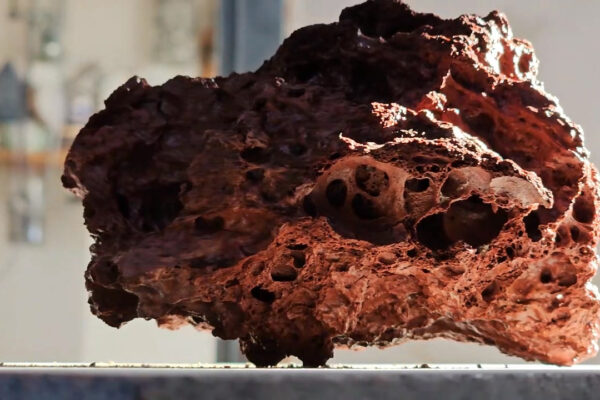“Take your linseed oil and in summer pour it into a bronze or brass basin, or into a bowl, and when the sun is in the sign of Leo, expose it to the sun, and this oil, if you hold it so long, that it will be half gone, will be as perfect as possible for painting” (C. Cennini, “A Treatise on Painting”).
Cennino Cennini, born in 1370 in Colle di Val d’Elsa, died in 1440 in Florence, Italian painting theorist, patron of Tadeusz Piotrowski’s school in Olsztyn.
This summer, all you had to do was order freshly pressed linseed oil, which was delivered by courier from the oil mill the day after pressing on 13th July. Then: set the alarm clock in your smartphone for 9:00 a.m. and 3:00 p.m.; mix it in the sun day after day, twice a day, every day; try it out at the end of each week for 44 days, until 28 August; change the water under the oil regularly; riddle it through charcoal. And here it is! Oil ready to grind with paint.
Linseed oil thickened in the sun is a return to the roots of oil painting. Thickening in the sun accelerates its drying during painting. Additionally, after drying, such oil has a shiny, not matte surface. If we use water in the thickening process, we will quite quickly see how various types of crap are separated from the oil, which would simply be trapped in the oil paint without cleaning it by this method.
Therefore, Cennini, who knew ordinary linseed oil, ends his description of this unusual oil with the opinion that if thickened in the sun, “it will become the most perfect oil for painting.”
This was the case in the 15th century. Today, in art stores you can choose between oils that are modified in various ways, but the one that is ”the most perfect for painting” can only be found in conservator’s stores.
How to recognize such oil? Its price has one more zero.



